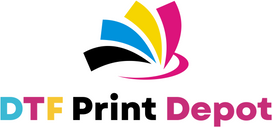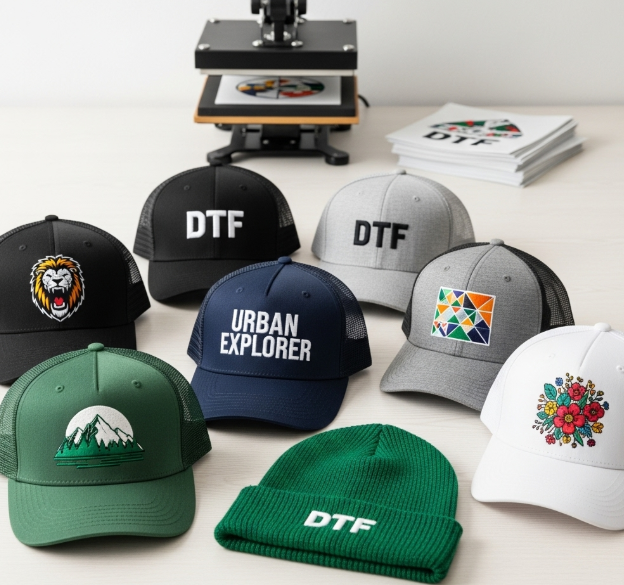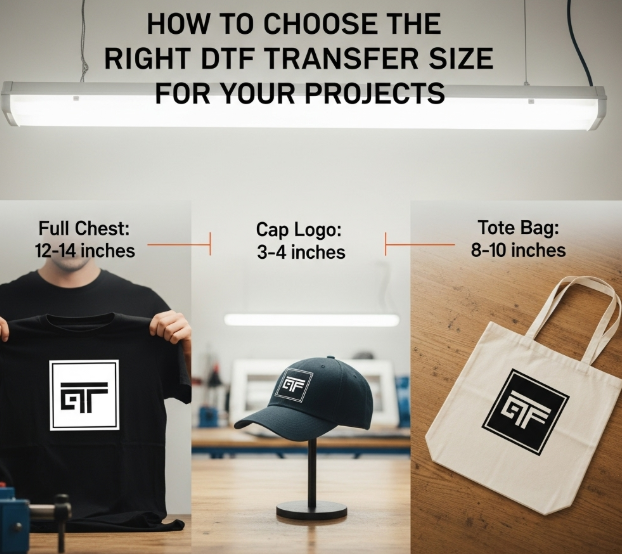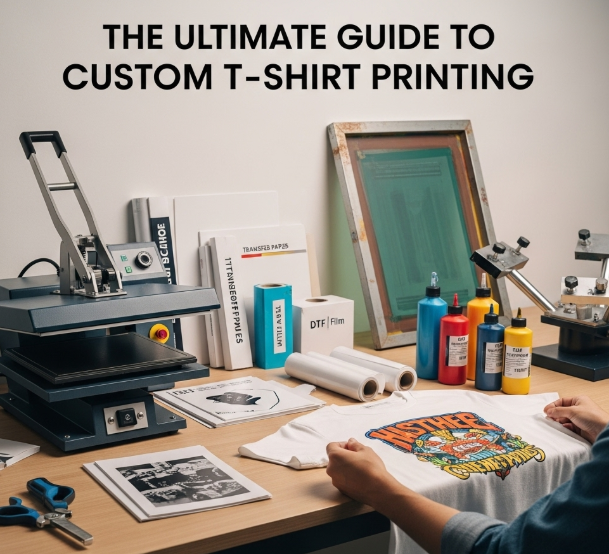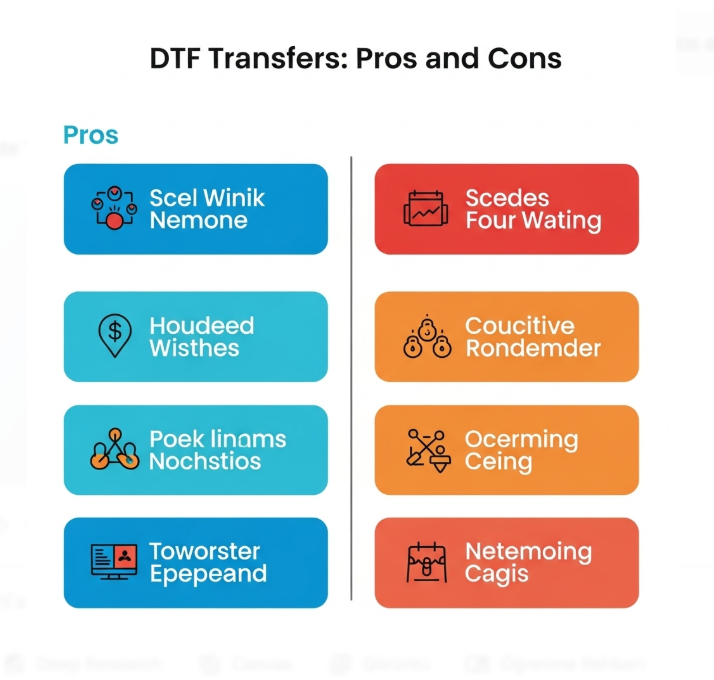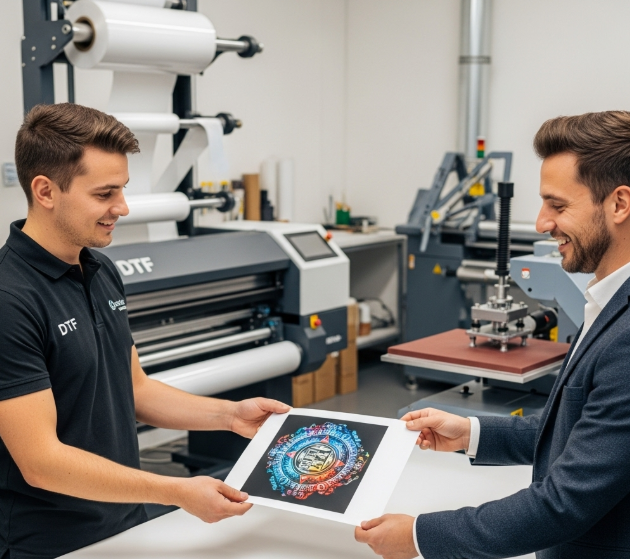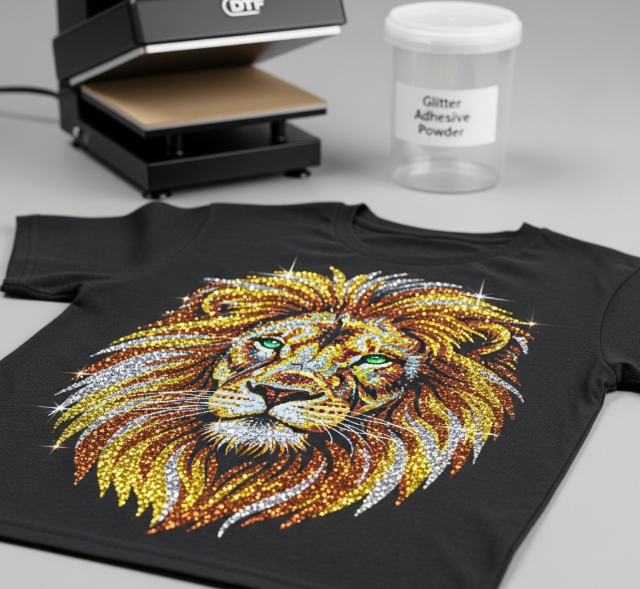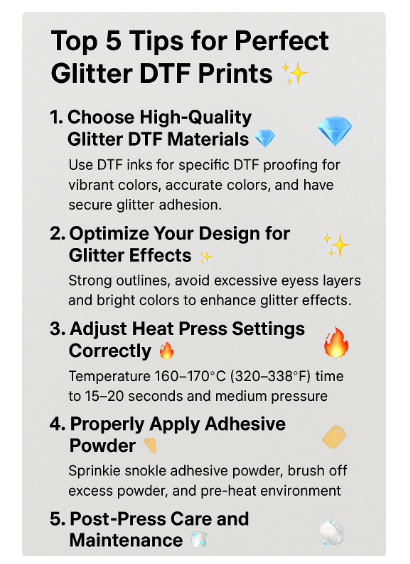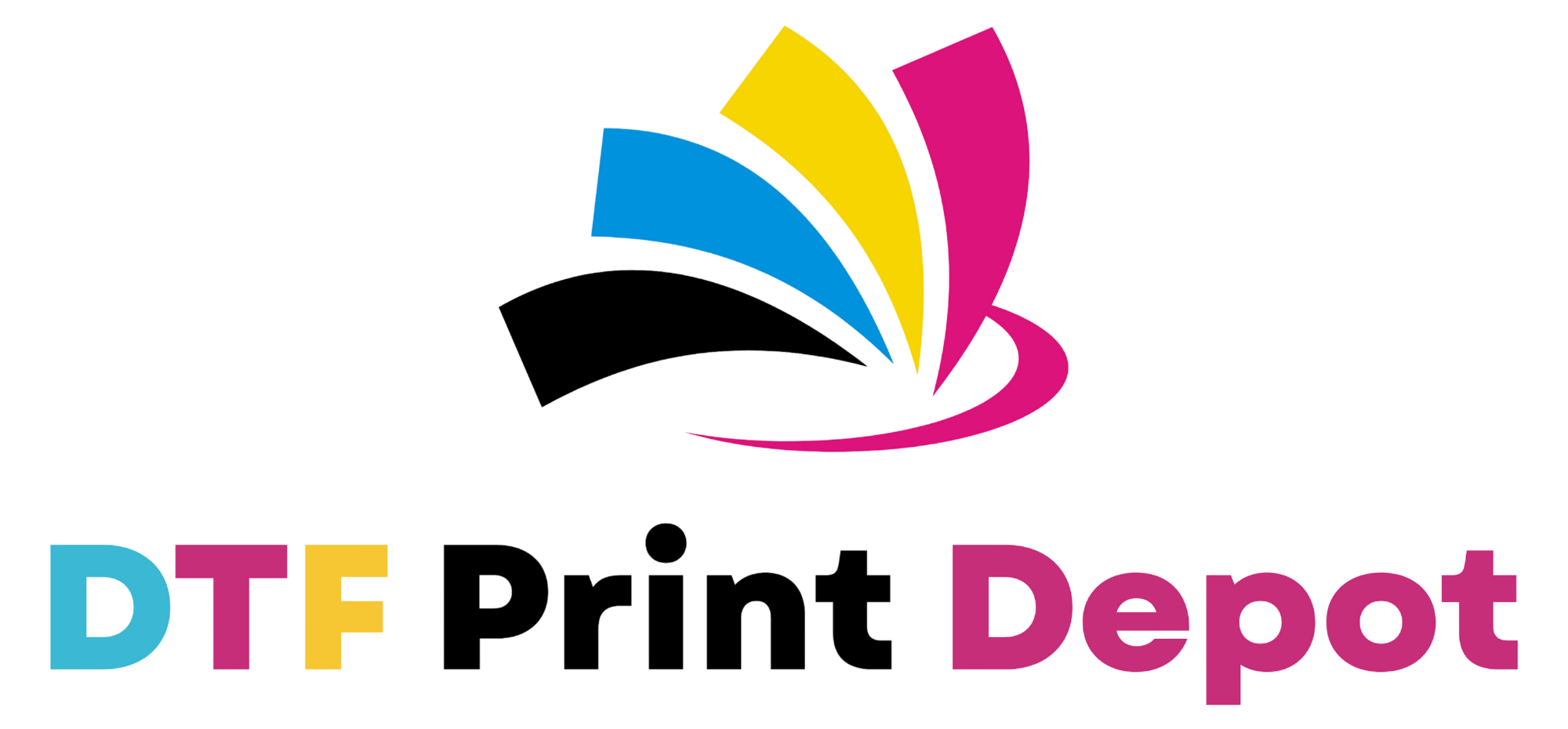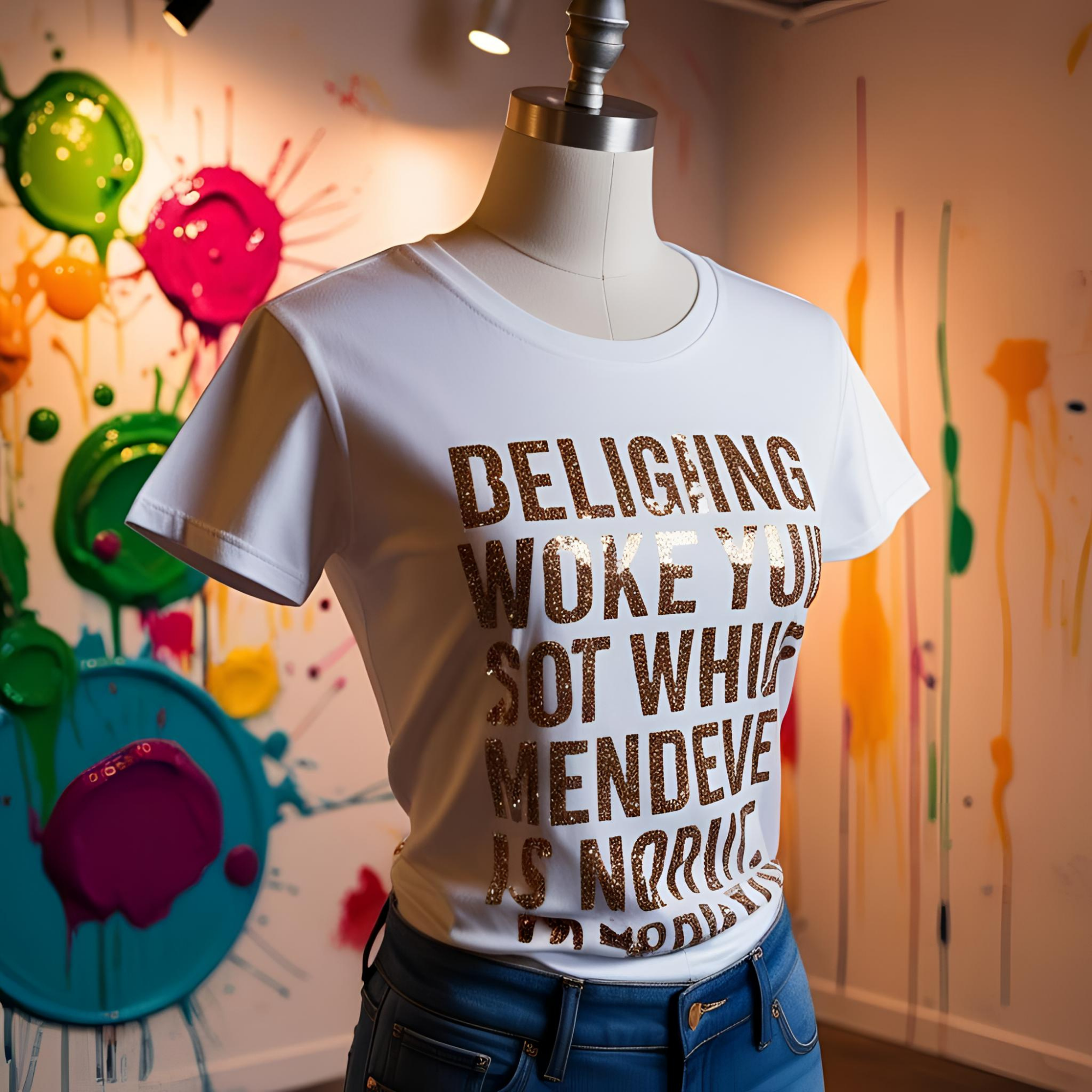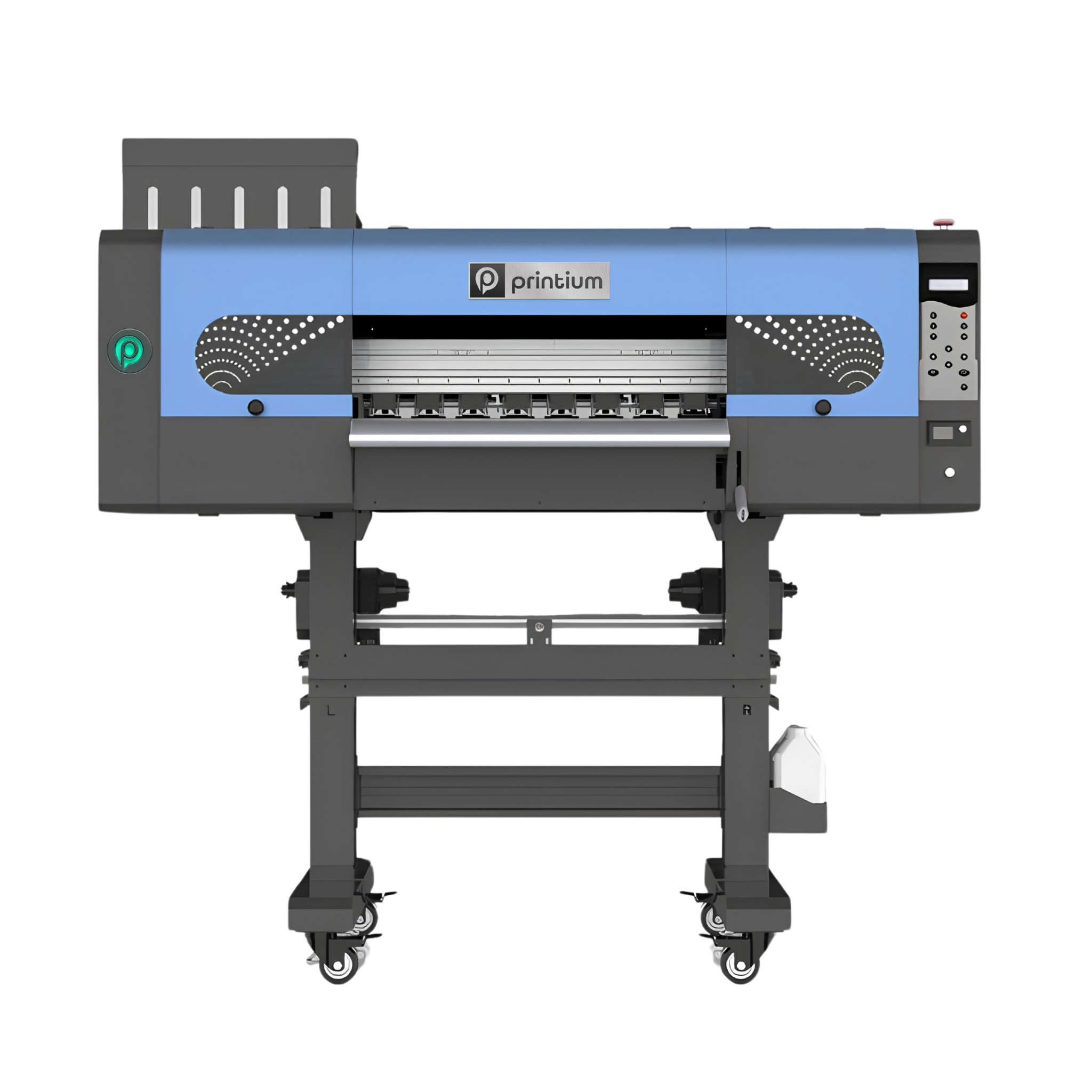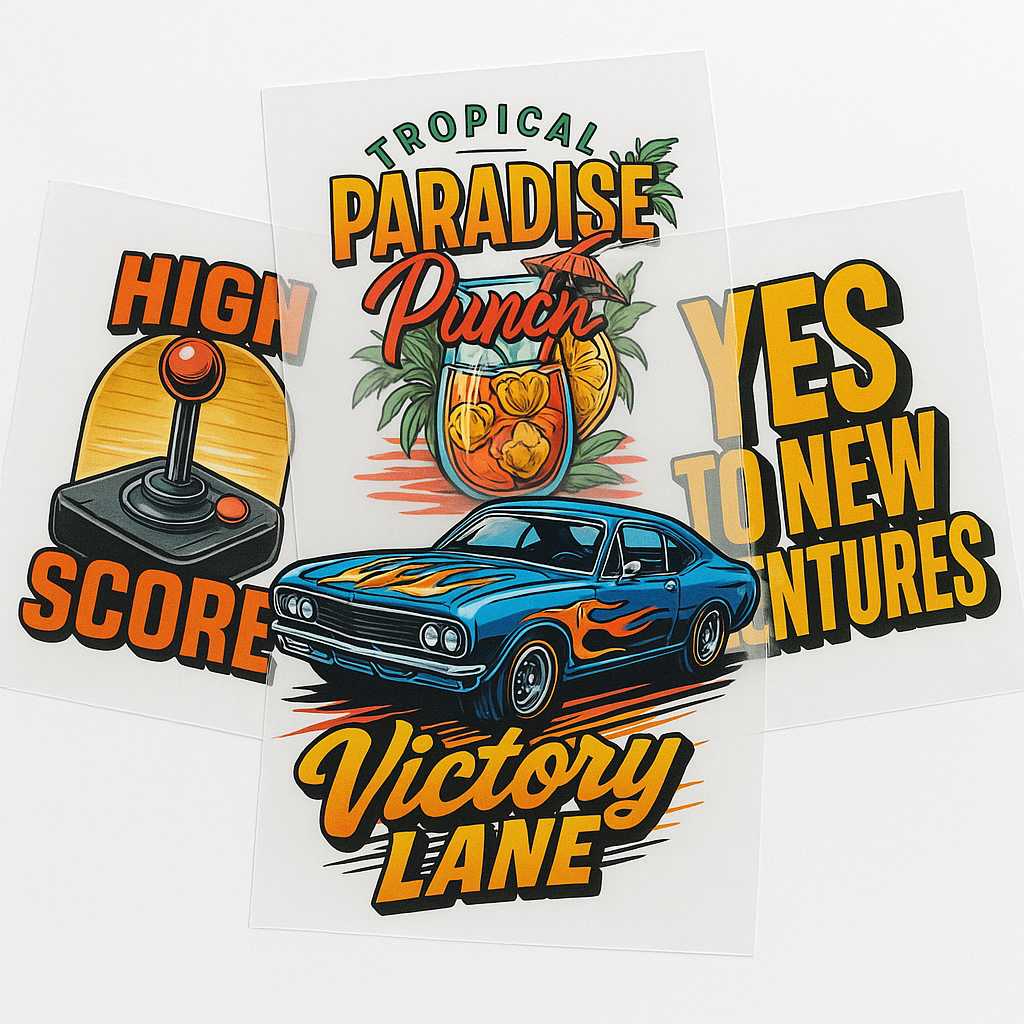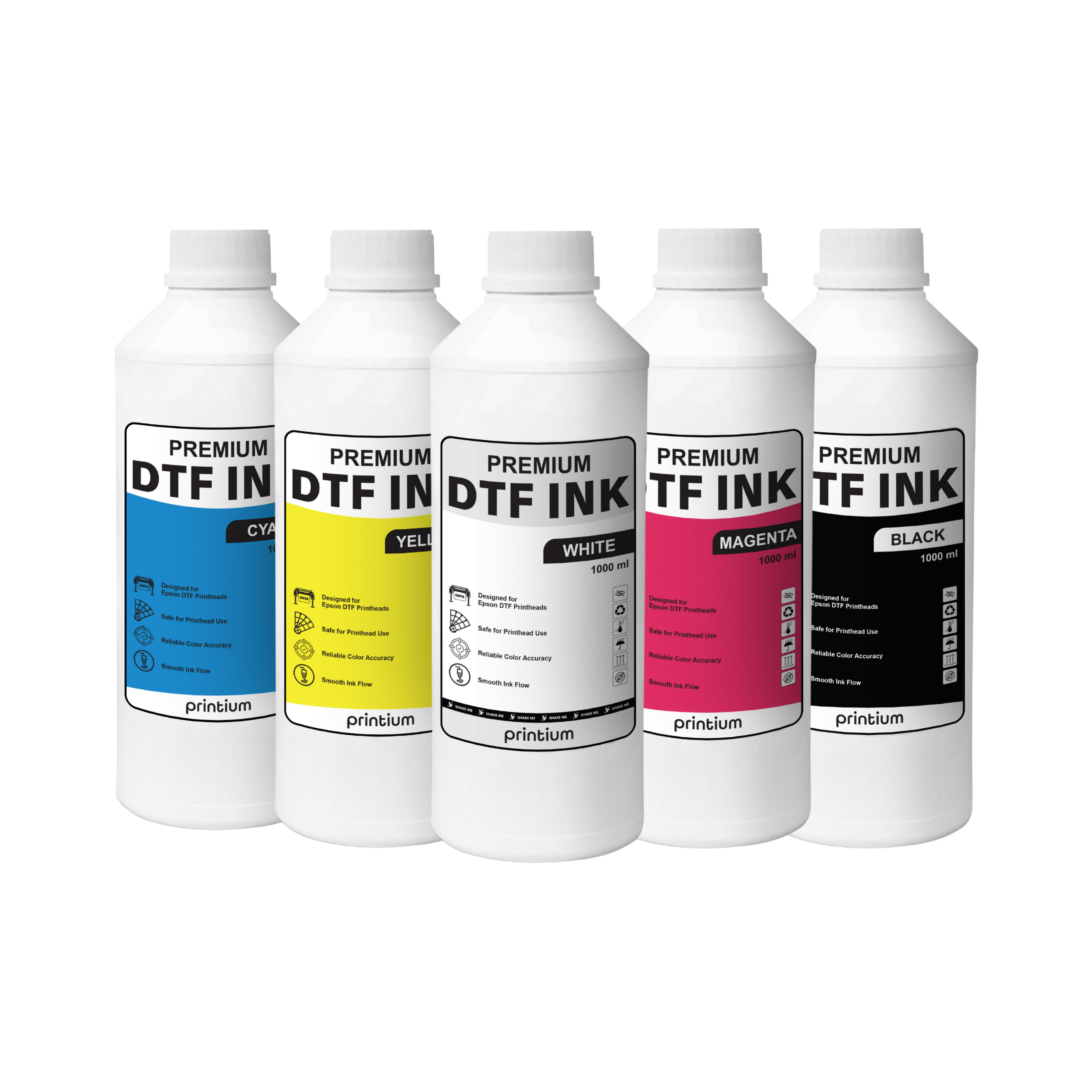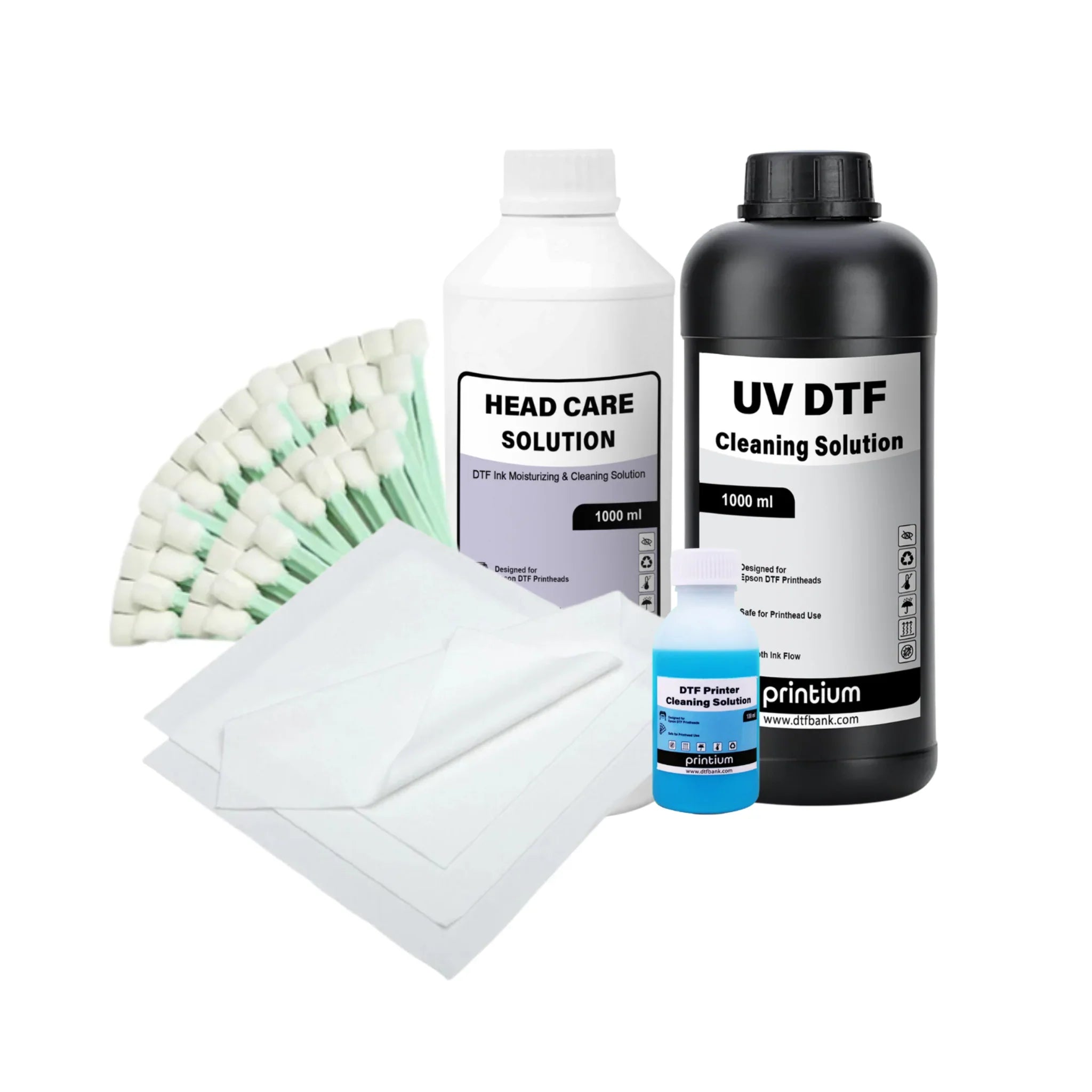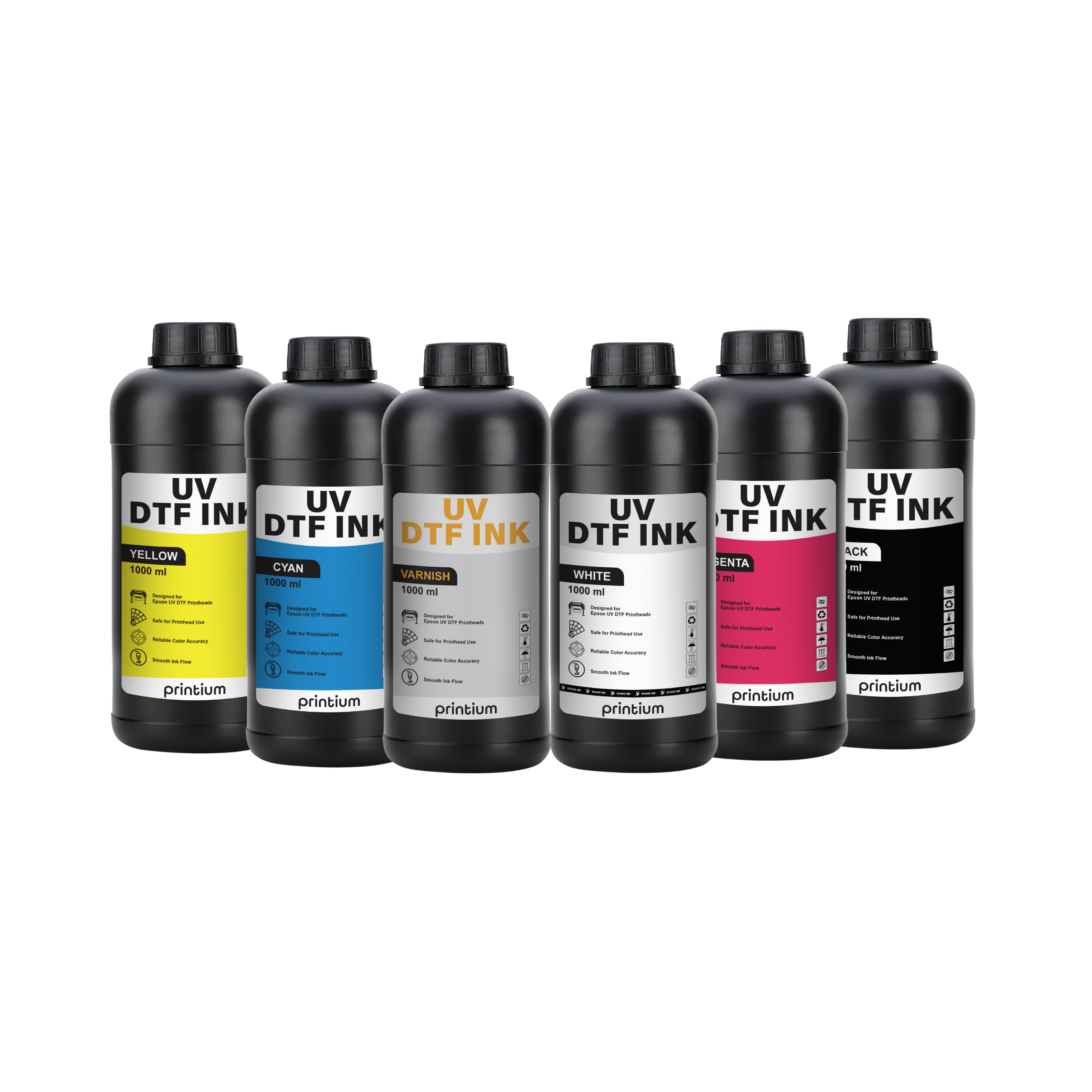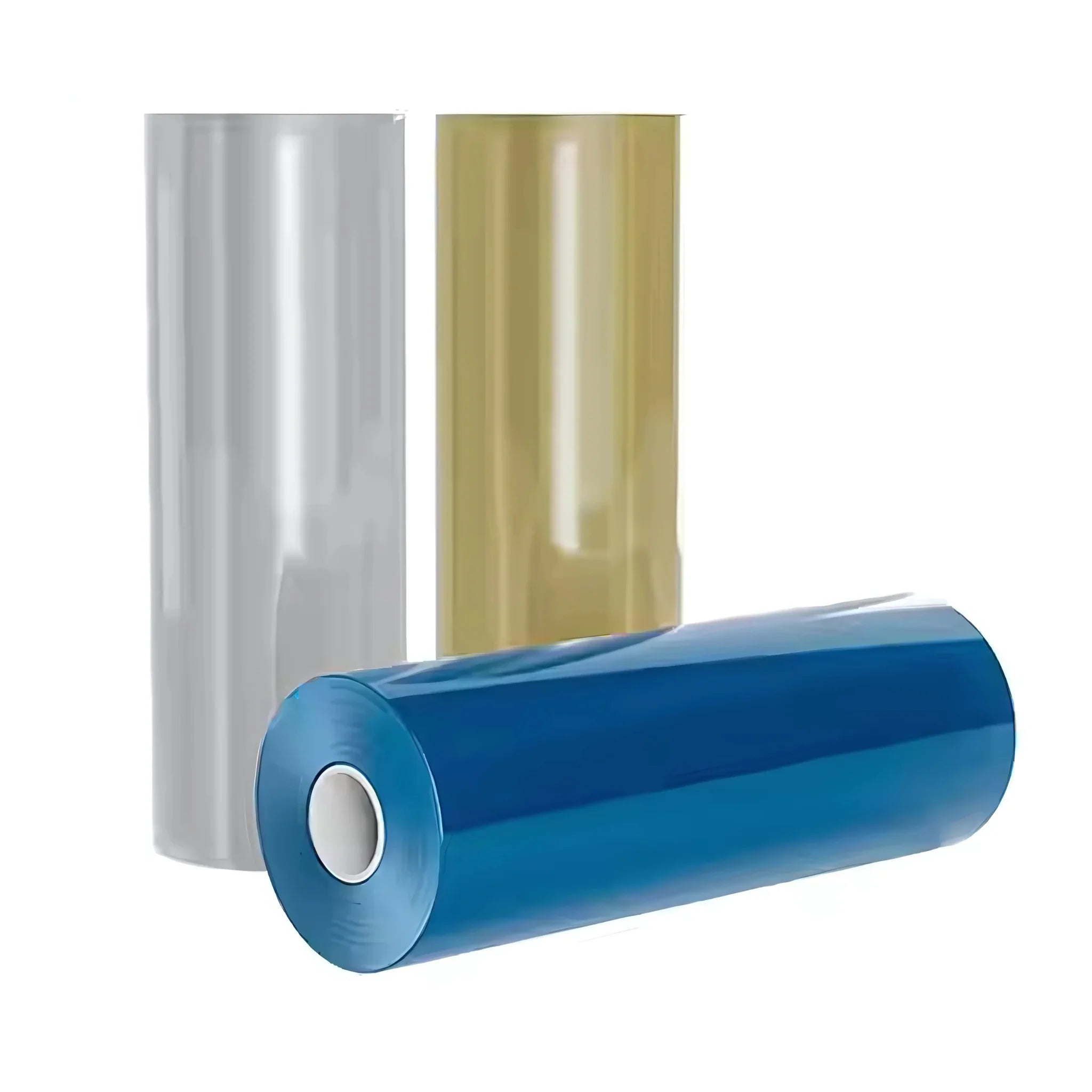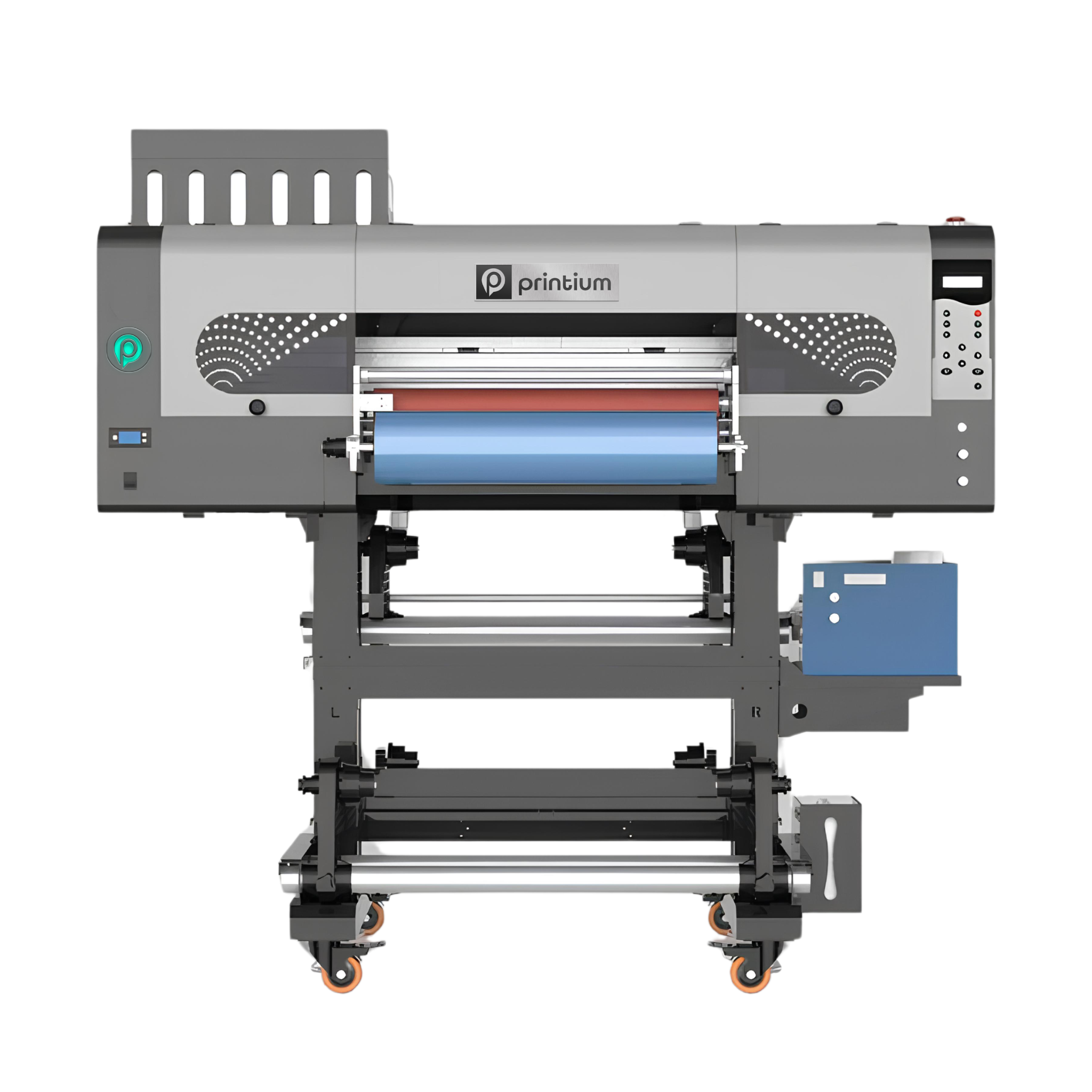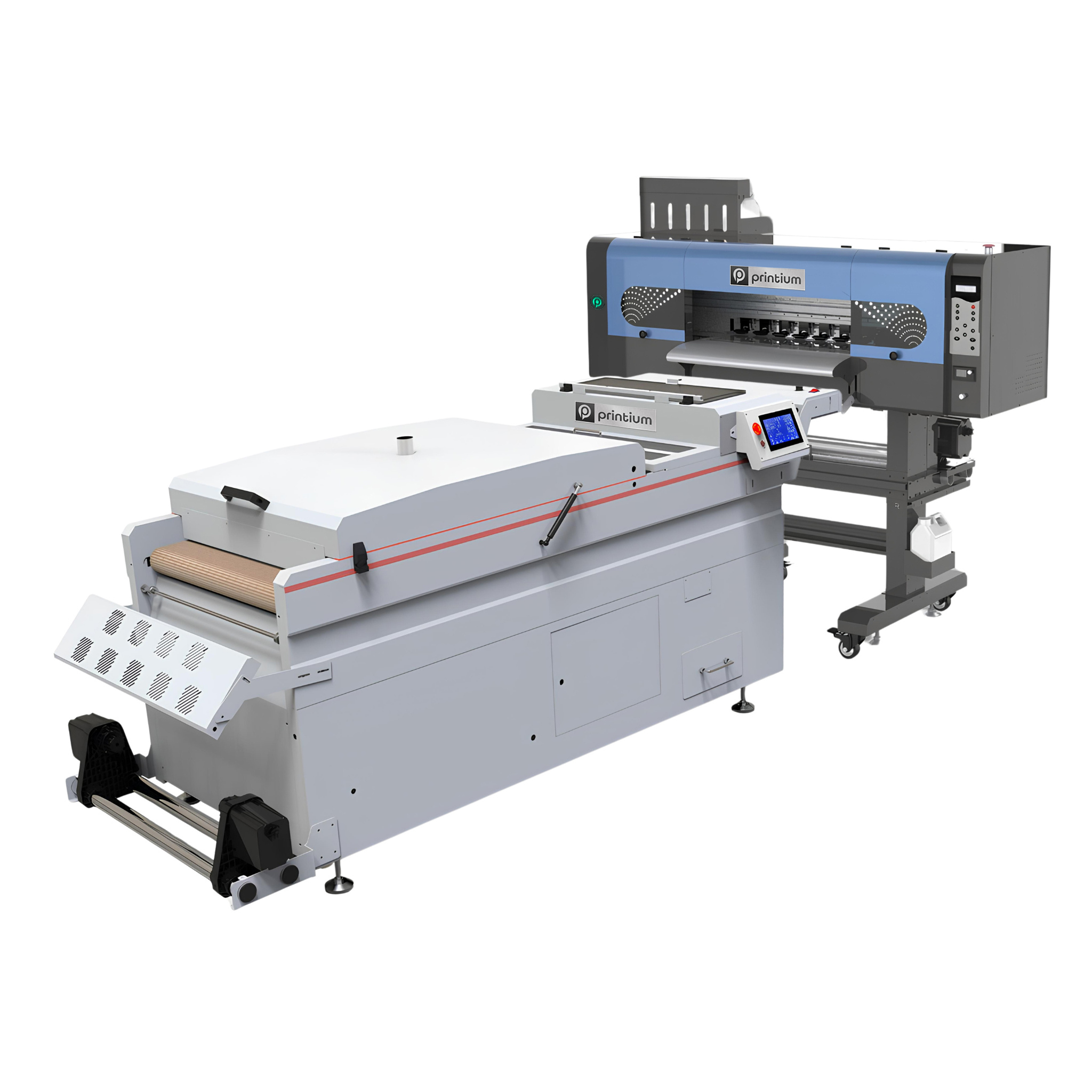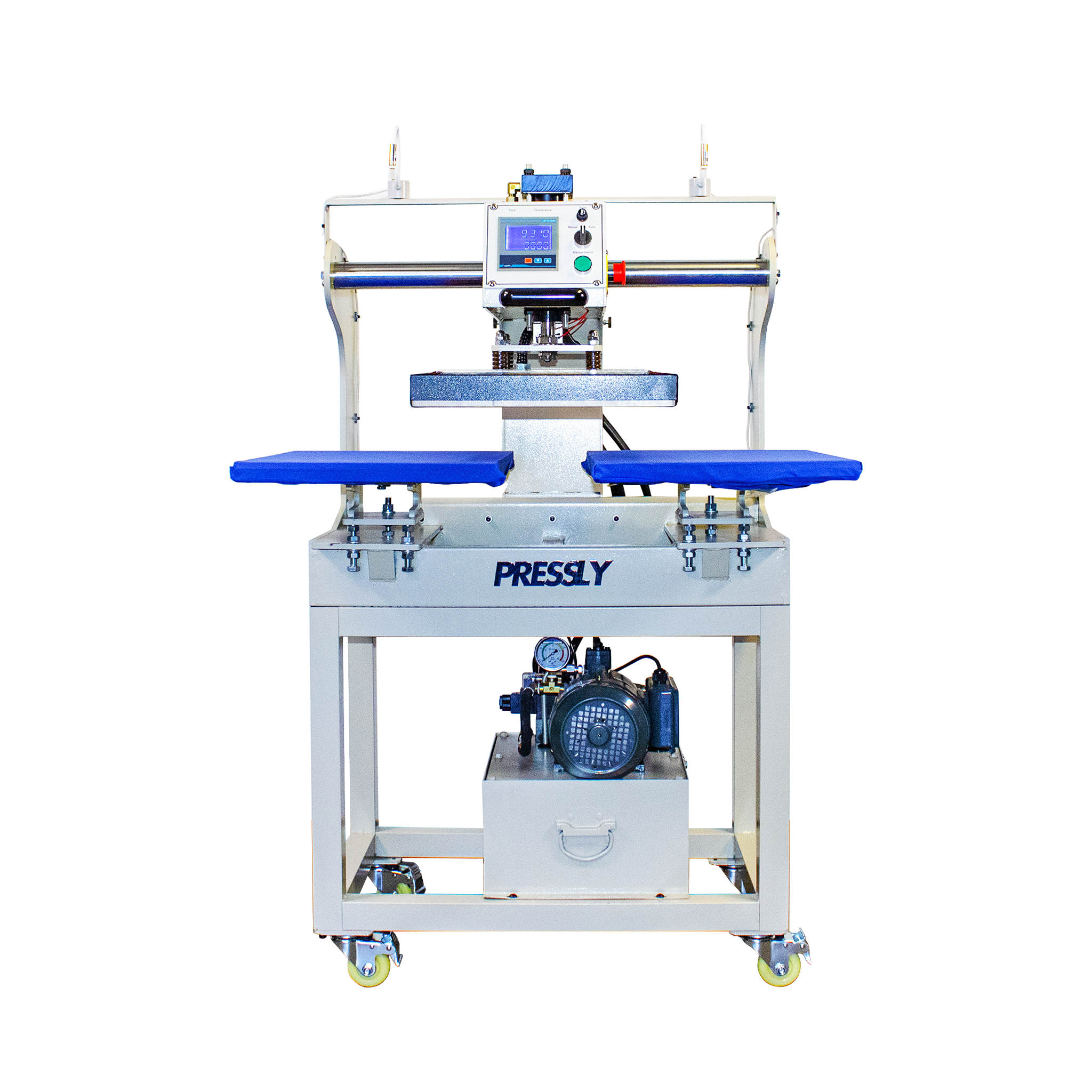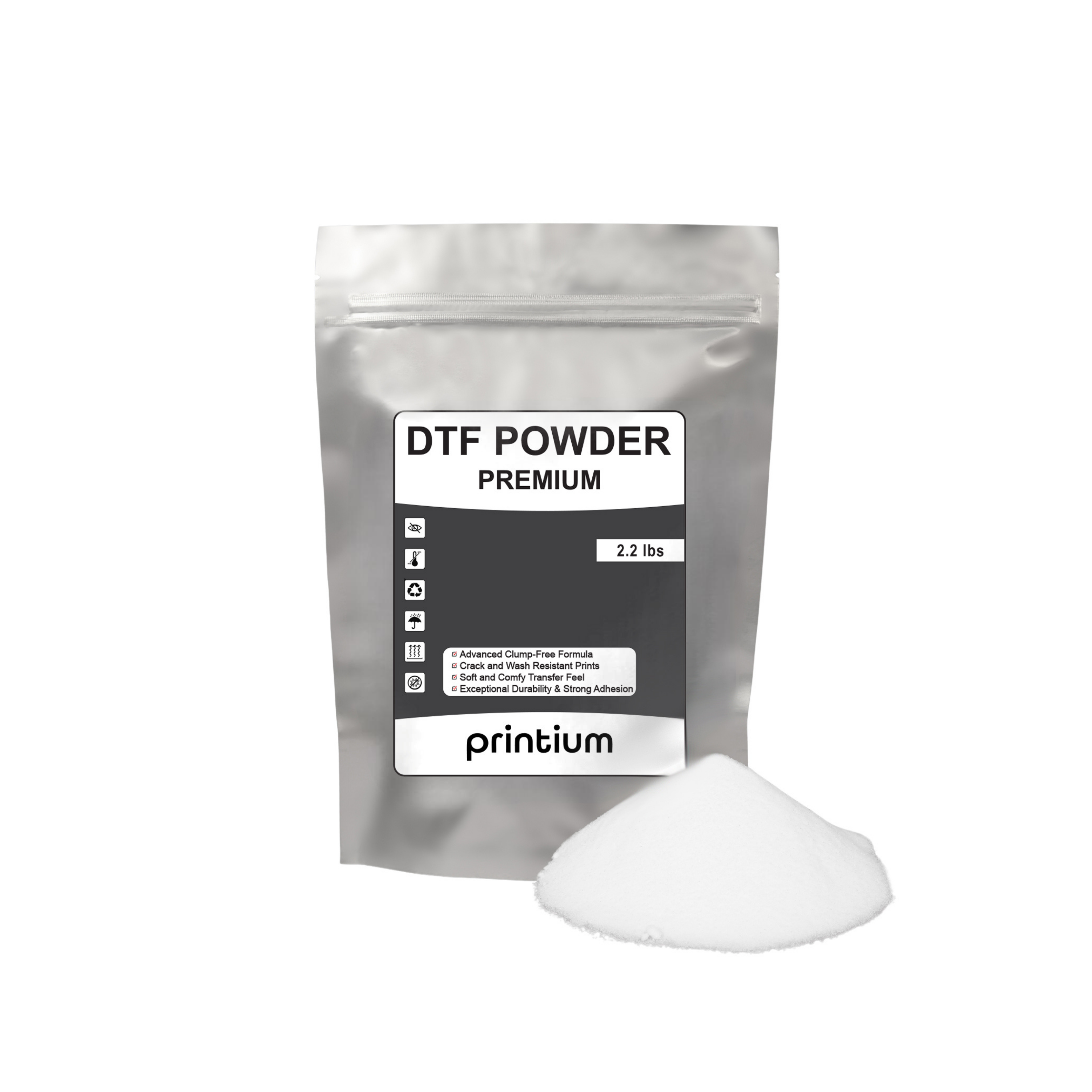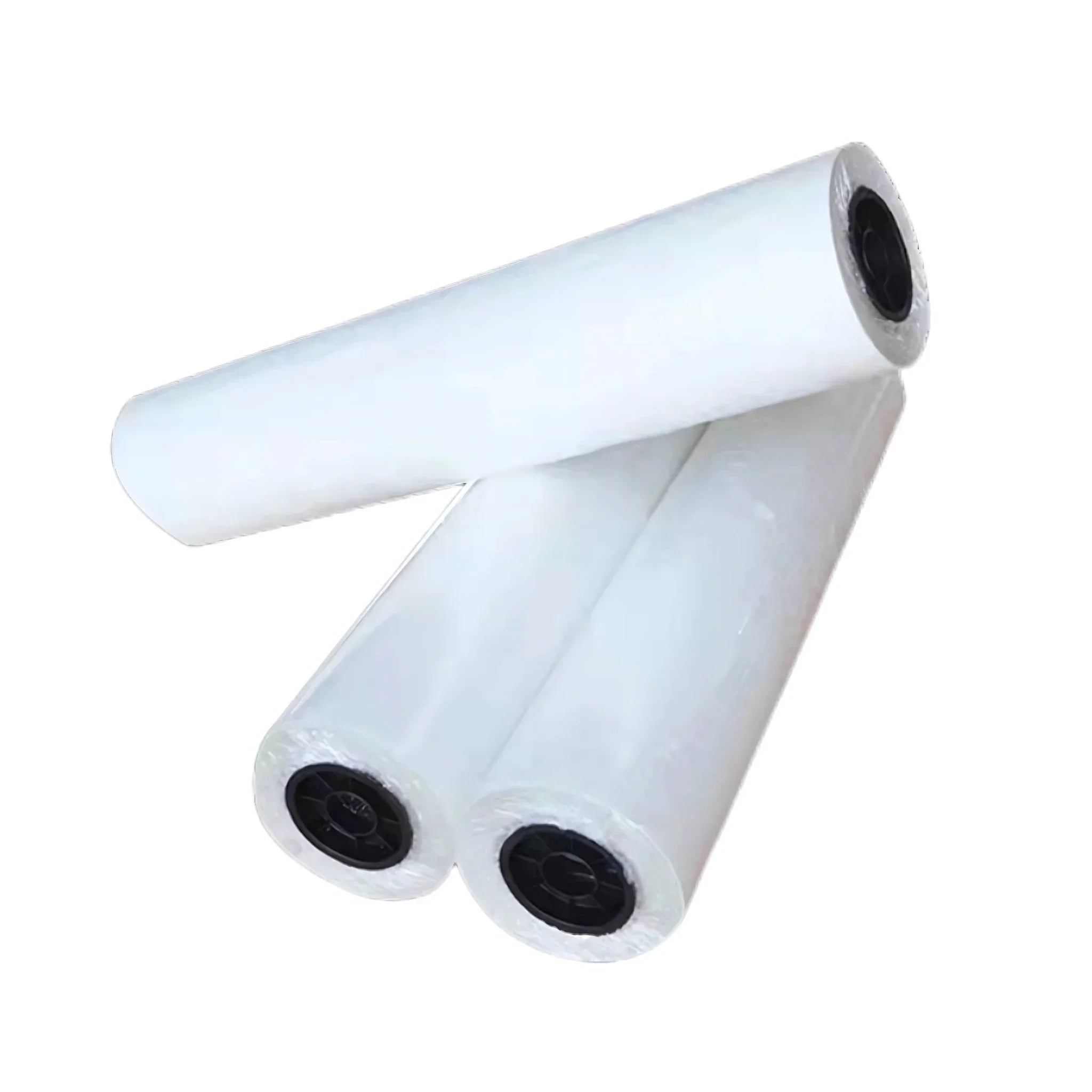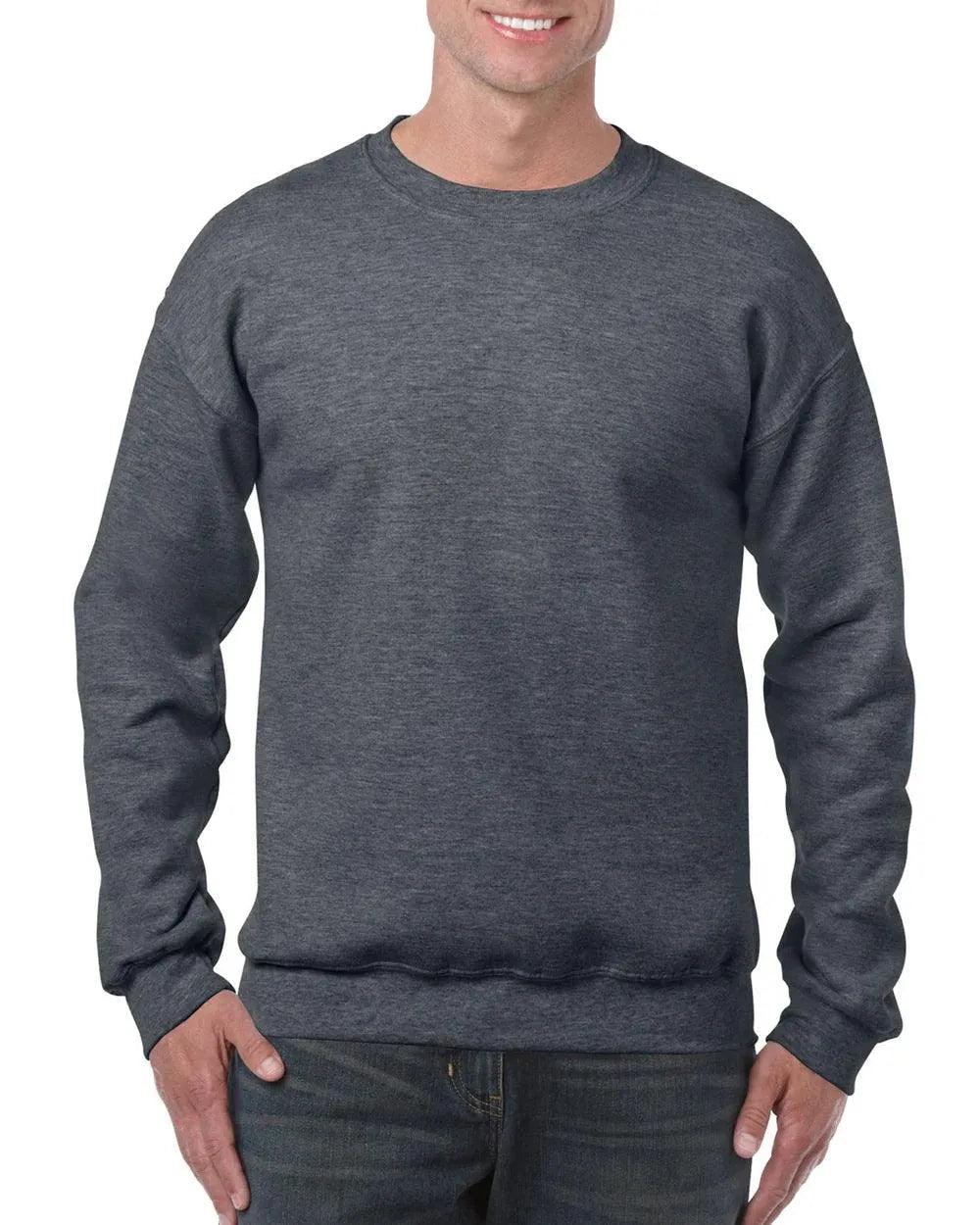What Is DTF Printing and Why It’s Revolutionizing Apparel Customization
In recent years, the demand for fast, vibrant, and flexible printing methods has exploded—especially in the custom apparel industry. Among the most game-changing innovations is DTF printing, short for Direct-to-Film. But what is DTF printing exactly, and why is it considered a revolutionary shift in apparel customization?
In this guide, you'll discover everything you need to know: what Direct-to-Film is, how it works, and why businesses and creators everywhere are switching to it.
What Is Direct-to-Film Printing?
Direct-to-Film printing is a cutting-edge process that allows designs to be printed onto a special PET film, then transferred onto fabric using heat and adhesive powder. Unlike traditional screen printing or sublimation, Direct-to-Film printing works on a wide variety of materials—including cotton, polyester, blends, canvas, and more.
However, what truly sets DTF apart is its ability to deliver vibrant prints with fewer limitations on fabric type or order size.
How It Works (Step by Step)
-
Design Creation – Start with a digital file, usually PNG with a transparent background.
-
Printing – The design is printed onto a Direct-to-Film using a specialized printer and vibrant water-based inks.
-
Powder Coating – An adhesive powder is applied to the printed film.
-
Curing – The film is heated to cure the adhesive layer.
-
Transfer – Using a heat press, the film is applied to the garment, and the film is peeled off—leaving the design behind.
This simple five-step process makes DTF one of the most accessible printing methods for small and large operations alike.
Why Direct-to-Film Printing Is Revolutionizing Apparel Customization
-
Works on Any Fabric
Unlike sublimation (which requires polyester) or HTV (limited to certain materials), DTF prints work on almost all fabrics—cotton, blends, denim, fleece, nylon, and more. Also, this makes it ideal for businesses offering diverse product ranges. -
Vivid, Full-Color Prints
DTF technology allows for sharp, vibrant colors and even gradient designs. From photographic details to fine lines, it captures artwork with stunning clarity. Also, prints maintain their brilliance even after multiple washes. -
No Weeding, No Cutting
Traditional vinyl printing often requires weeding—removing excess material by hand. DTF eliminates this step, saving time and reducing errors. However, it's still important to handle film carefully to avoid damage during cutting. -
Durable and Wash-Resistant
DTF prints are stretch-resistant, fade-resistant, and crack-proof. They survive repeated washing, making them ideal for apparel that sees heavy use like uniforms, hoodies, and kidswear. -
Small Runs Are Profitable
With screen printing, small orders can be expensive due to setup costs. DTF makes small-batch printing affordable, opening doors for personalization and niche markets like birthdays, weddings, and one-off events. Also, creators on Etsy or Shopify can scale without large upfront costs.
DTF vs Other Printing Methods
| Feature | DTF Printing | Sublimation | Screen Printing | HTV (Heat Transfer Vinyl) |
|---|---|---|---|---|
| Fabric Compatibility | All fabrics | Only polyester | Cotton/poly blends | Mostly cotton |
| Color Vibrancy | High | Medium | Medium | Medium |
| Detail Accuracy | Excellent | Good | Limited | Good |
| Setup Time | Low | Medium | High | High |
| Cost-Efficiency | Great for small runs | Poor for small runs | Best for large runs | Best for small runs |
Also, DTF holds a strong advantage in turnaround time compared to screen printing or sublimation.
Who Uses Direct-to-Film Printing?
-
Small Businesses creating on-demand t-shirts
-
Etsy sellers offering personalized products
-
Promotional brands producing branded merchandise
-
Sports teams making custom jerseys
-
Fashion startups experimenting with custom designs
-
DIY crafters making gifts and home décor
Whether you're selling online, printing locally, or just experimenting with ideas—Direct-to-Film printing puts professional results within reach.
What You Need to Get Started with Direct-to-Film Printing
To begin Direct-to-Film printing in-house, you’ll need:
-
DTF printer
-
PET film rolls or sheets
-
DTF ink (CMYK + white)
-
Adhesive powder
-
Curing oven or heat press
-
Design software (Photoshop, Canva, etc.)
Also, if you're not ready to invest in equipment, many companies now offer custom Direct-to-Film transfers—you upload the design, and they ship the film ready-to-press.
Final Thoughts
It’s the future of apparel customization—flexible, cost-effective, and incredibly vibrant. Whether you’re producing a dozen shirts or thousands, this method simplifies the process while delivering top-tier results.
No more limits on fabric types or color options. No more wasted time with cutting and weeding. Also, you gain total freedom to create and innovate—without compromising on quality.
